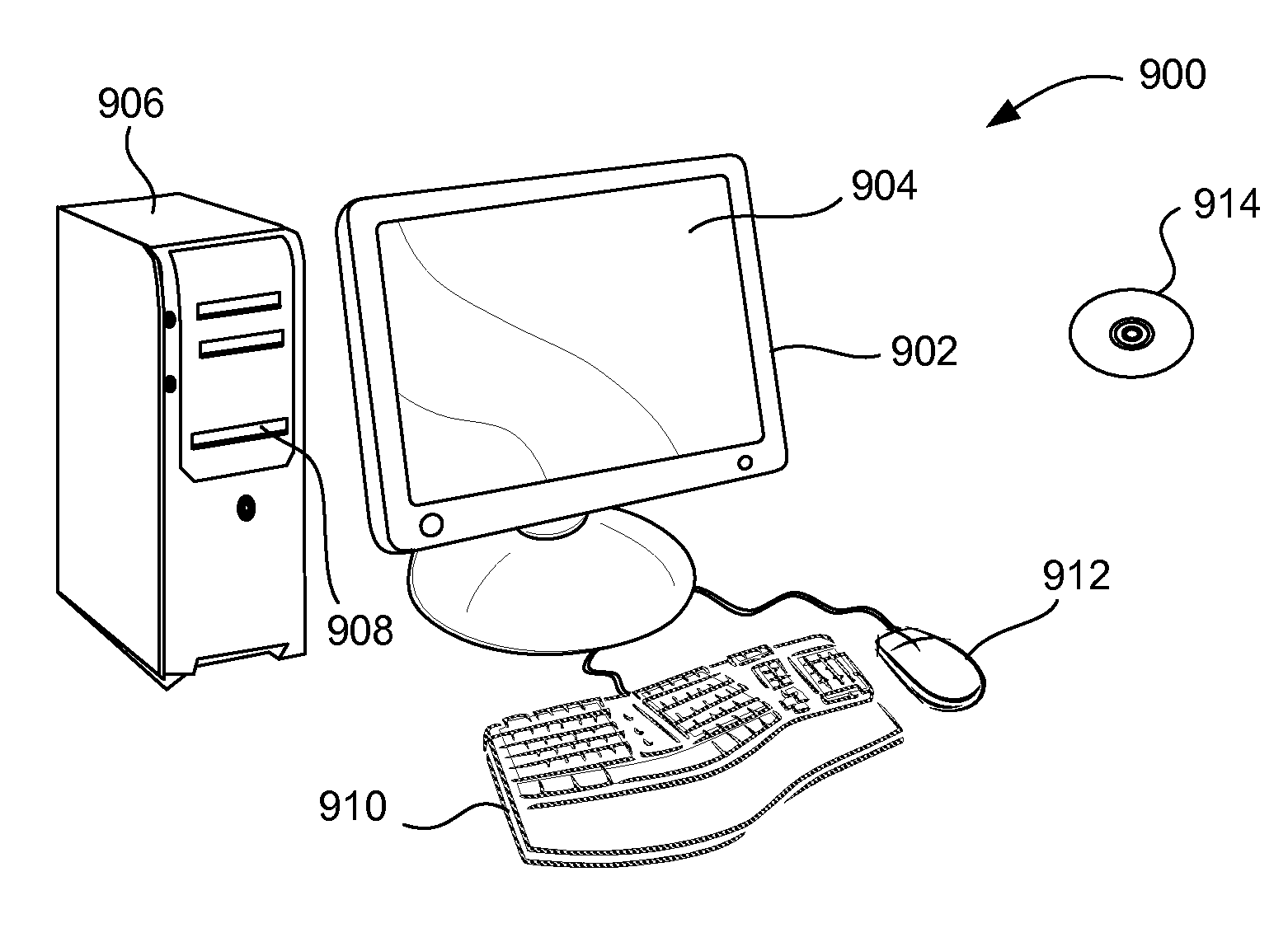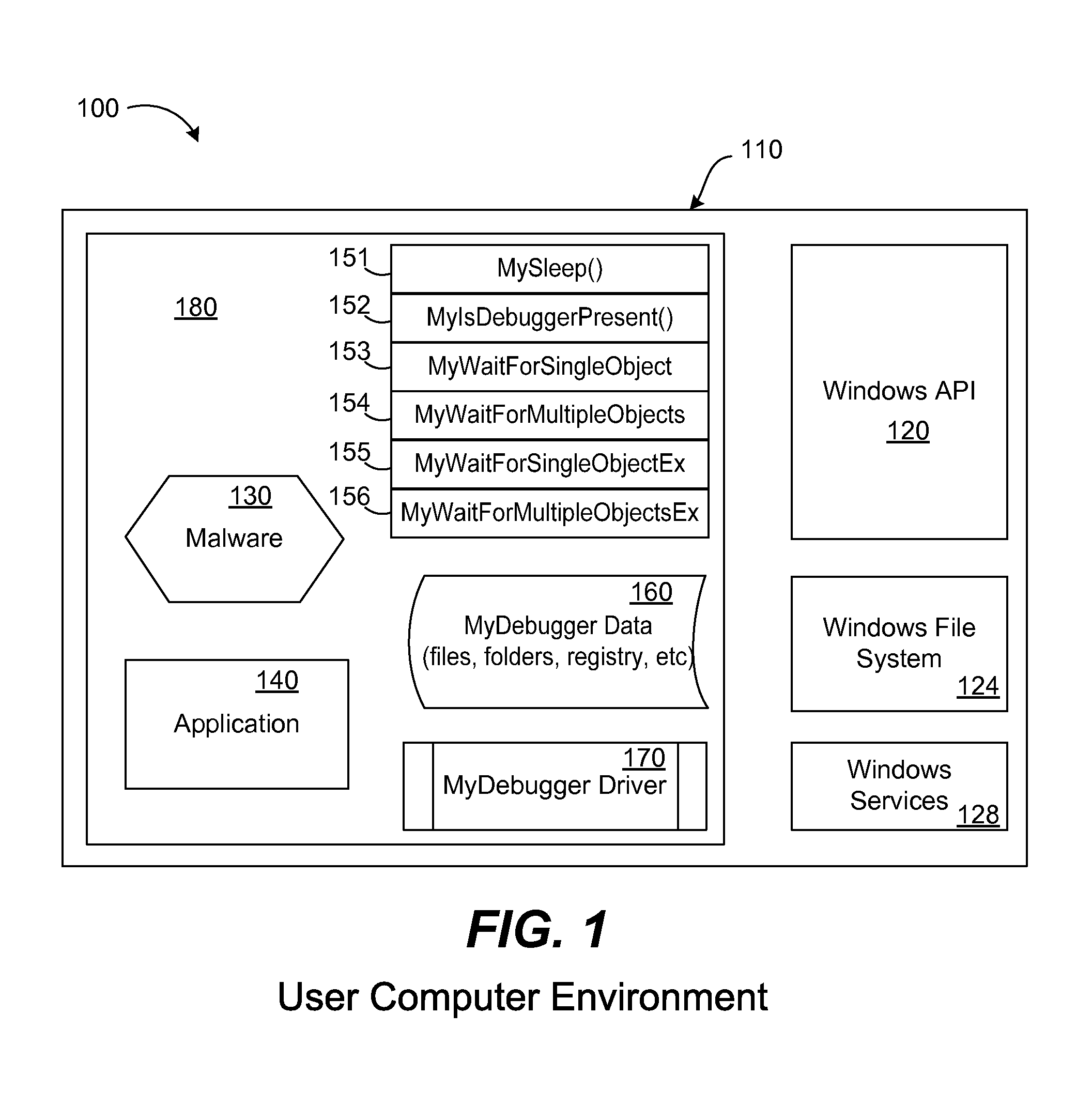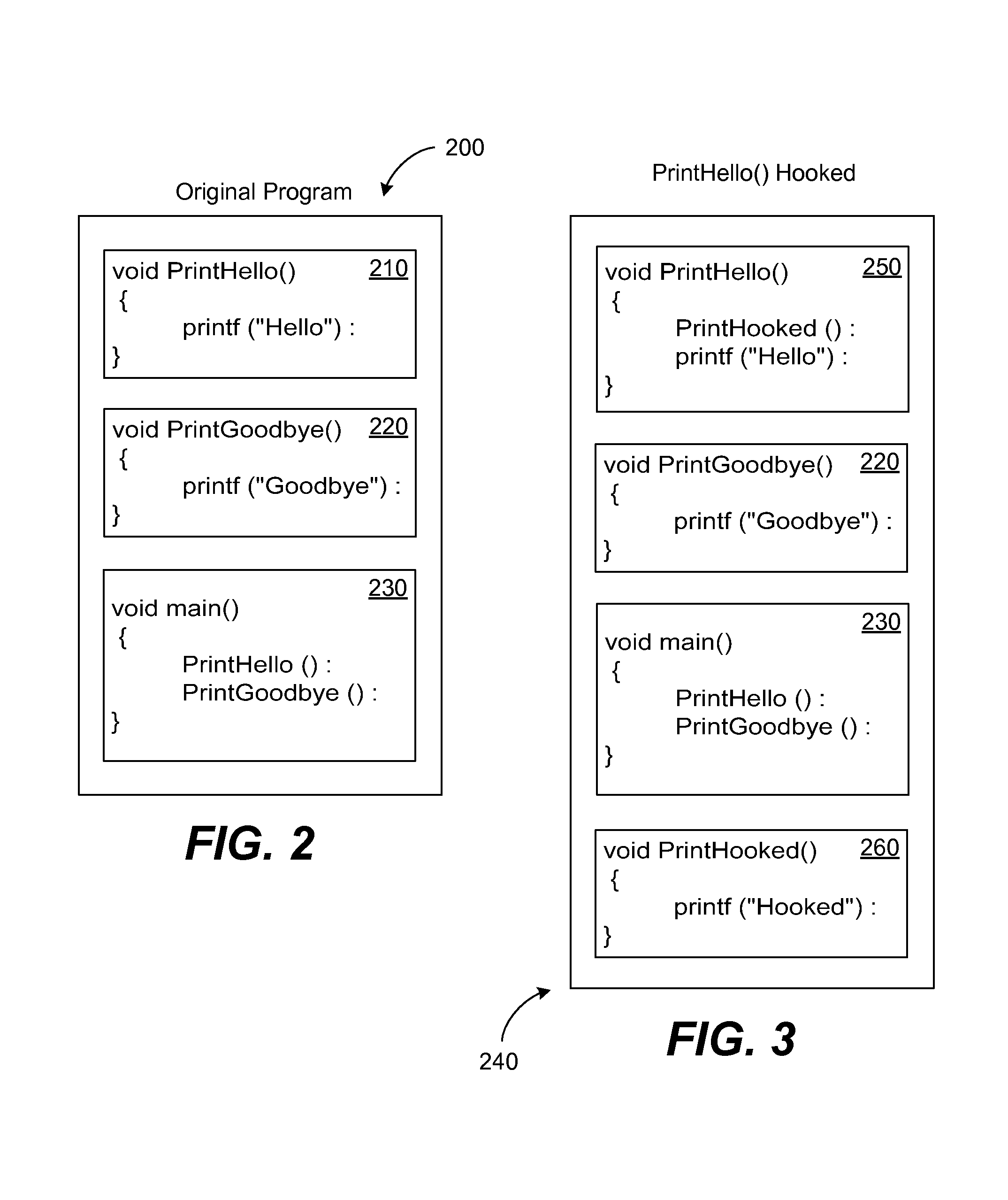Disabling execution of malware having a self-defense mechanism
- Summary
- Abstract
- Description
- Claims
- Application Information
AI Technical Summary
Benefits of technology
Problems solved by technology
Method used
Image
Examples
Embodiment Construction
[0015]As mentioned above, it is known that many types of malware use a self-defense mechanism to prevent detection and disabling of the malware. The present invention takes advantage of this fact. Among the many self-defense techniques used by malware are the anti-debug and anti-emulation techniques. These techniques are used to make it more difficult for an engineer to analyze malware, and to make it more difficult for a scanner to detect malware using an emulator. It is realized that knowledge of these techniques may be utilized to craft an effective malware disabling strategy.
[0016]To implement these techniques, malware may include an anti-debug trap and an anti-emulator trap; these traps let the malware know when a debugger or emulator is being used by an engineer to detect or disable the malware. Normally, an emulator in a malware scanner needs to successfully bypass the anti-debug and anti-emulation traps in order to reveal a buffer for scanning or to perform behavior analysis...
PUM
 Login to View More
Login to View More Abstract
Description
Claims
Application Information
 Login to View More
Login to View More - R&D
- Intellectual Property
- Life Sciences
- Materials
- Tech Scout
- Unparalleled Data Quality
- Higher Quality Content
- 60% Fewer Hallucinations
Browse by: Latest US Patents, China's latest patents, Technical Efficacy Thesaurus, Application Domain, Technology Topic, Popular Technical Reports.
© 2025 PatSnap. All rights reserved.Legal|Privacy policy|Modern Slavery Act Transparency Statement|Sitemap|About US| Contact US: help@patsnap.com



